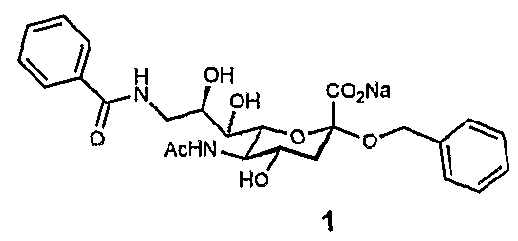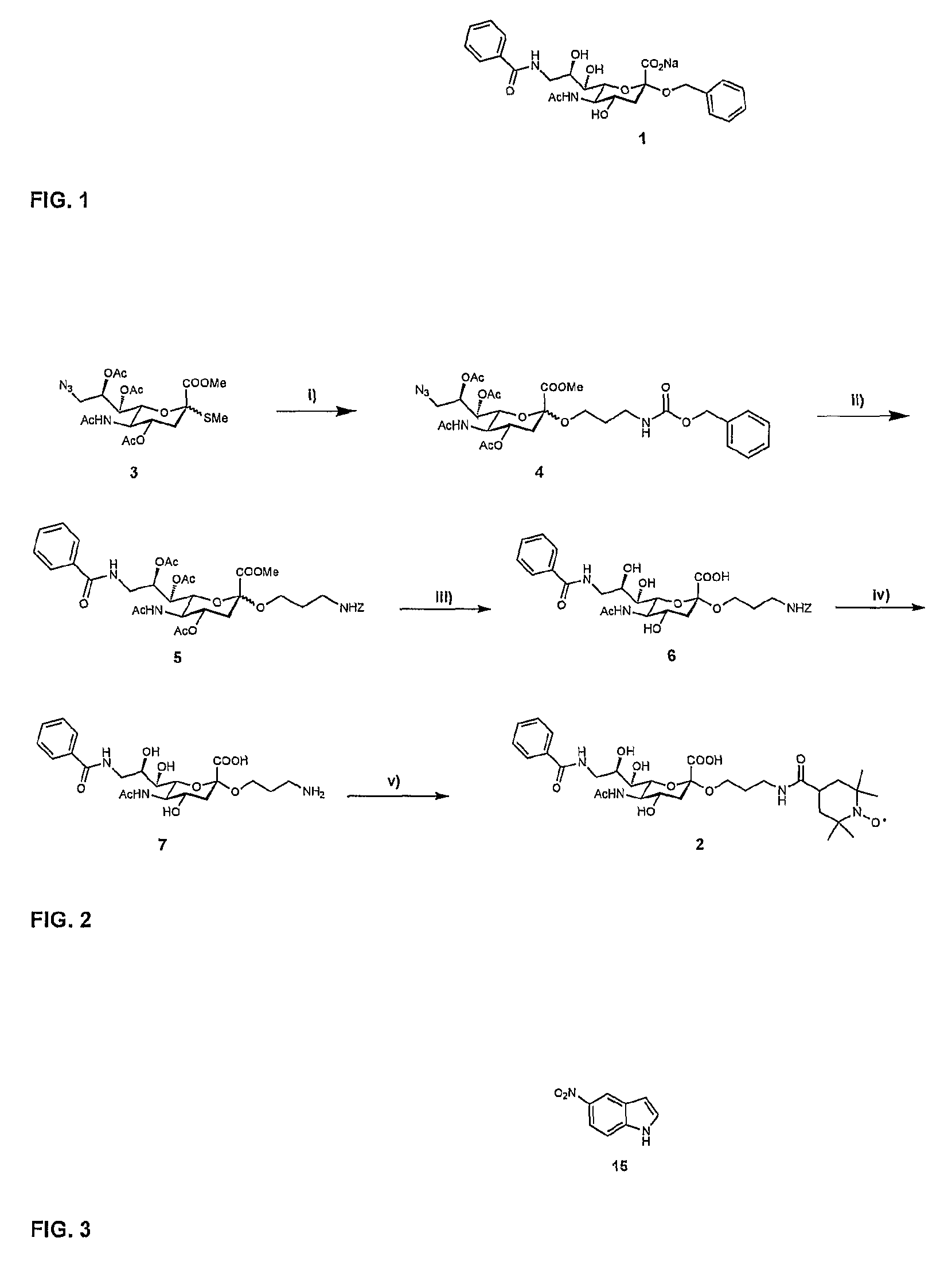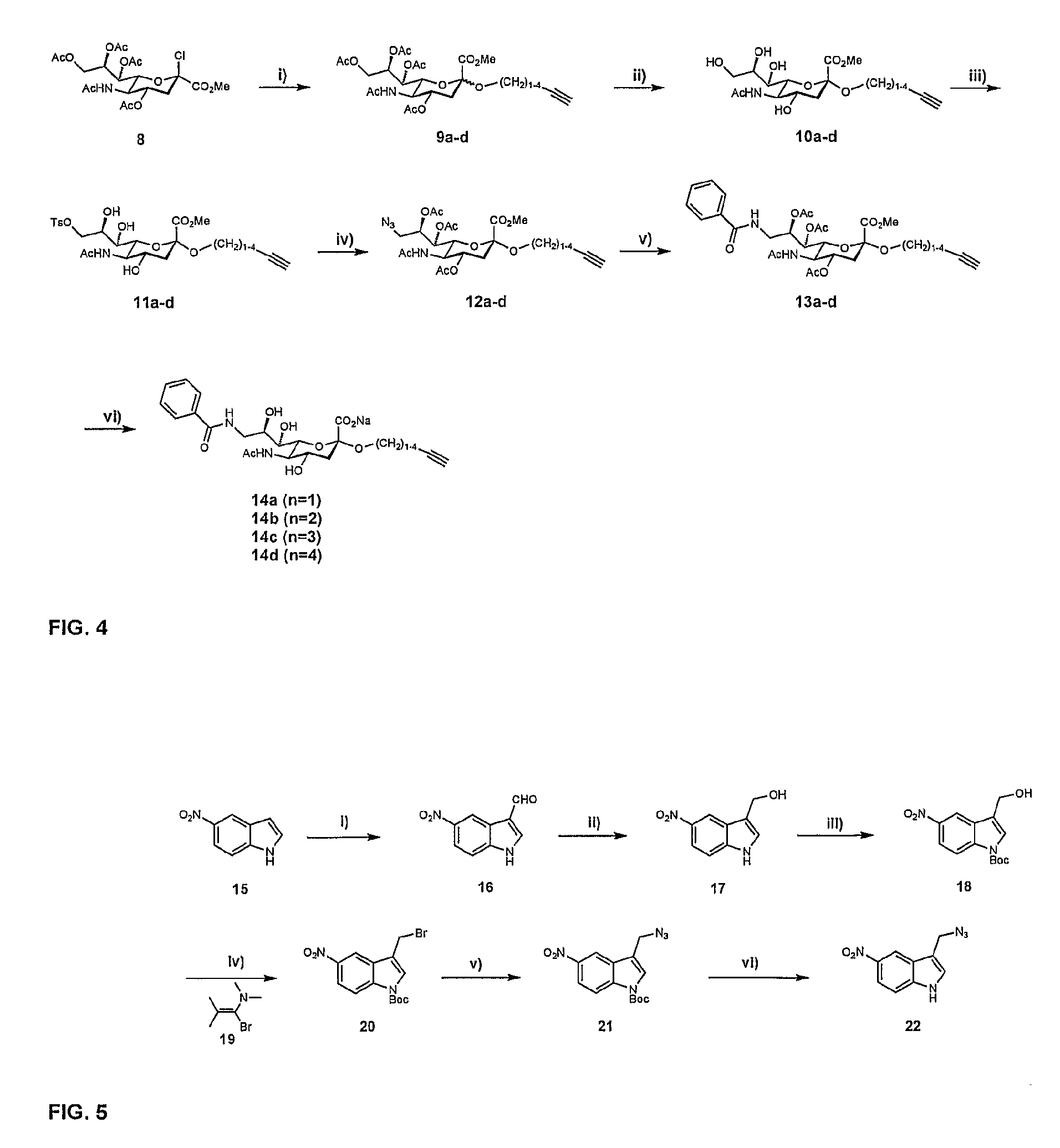Method for the Identification of New Leads for Drug Candidates
a drug candidate and new lead technology, applied in the field of new lead identification methods for drug candidates, can solve the problem that the concept did not have an immediate impact on the drug design
- Summary
- Abstract
- Description
- Claims
- Application Information
AI Technical Summary
Benefits of technology
Problems solved by technology
Method used
Image
Examples
Embodiment Construction
[0026]A ligand such as a second-site ligand and an initial lead is, in the context of the present invention, any molecule that may bind to a target. Preferably, the ligand is a relatively small molecule (“fragment”), particularly a small organic molecule of less than about 2000 Da. Especially preferred are “drug-like” molecules. Ligands may be naturally derived ligands, e.g. obtainable by isolation from a natural organism, preferably from plants, animals or human beings or obtainable by genetic engineering. Such ligands may further be modified, e.g. by treating them with enzymes or chemical compounds.
[0027]A new lead for drug candidates, in the context of the present invention, is a modular molecule that may serve as a base structure for the design of a new drug or may itself constitute a new drug. A drug candidate may comprise or be based on such a new lead, usually, but not always, the new lead for drug candidates is further optimized, e.g., by chemical modification aimed at, amon...
PUM
| Property | Measurement | Unit |
|---|---|---|
| Length | aaaaa | aaaaa |
| Structure | aaaaa | aaaaa |
| Affinity | aaaaa | aaaaa |
Abstract
Description
Claims
Application Information
 Login to View More
Login to View More - R&D
- Intellectual Property
- Life Sciences
- Materials
- Tech Scout
- Unparalleled Data Quality
- Higher Quality Content
- 60% Fewer Hallucinations
Browse by: Latest US Patents, China's latest patents, Technical Efficacy Thesaurus, Application Domain, Technology Topic, Popular Technical Reports.
© 2025 PatSnap. All rights reserved.Legal|Privacy policy|Modern Slavery Act Transparency Statement|Sitemap|About US| Contact US: help@patsnap.com



